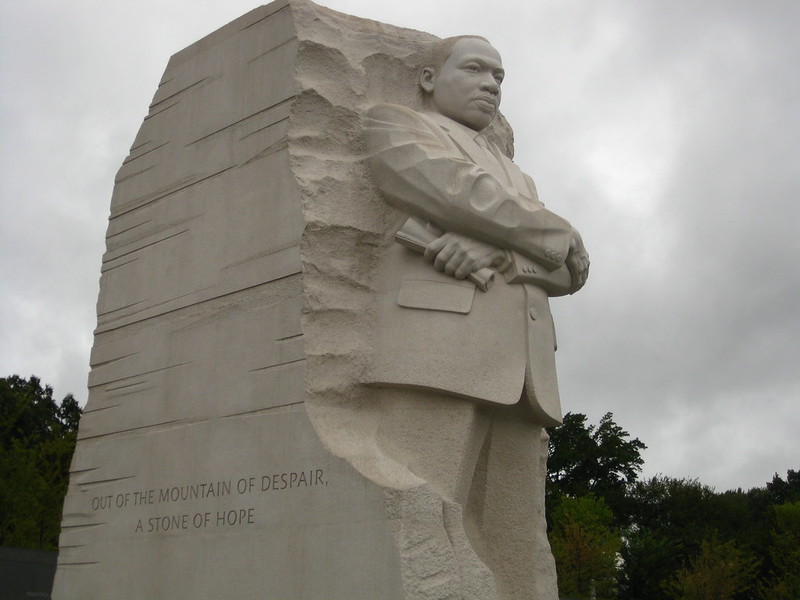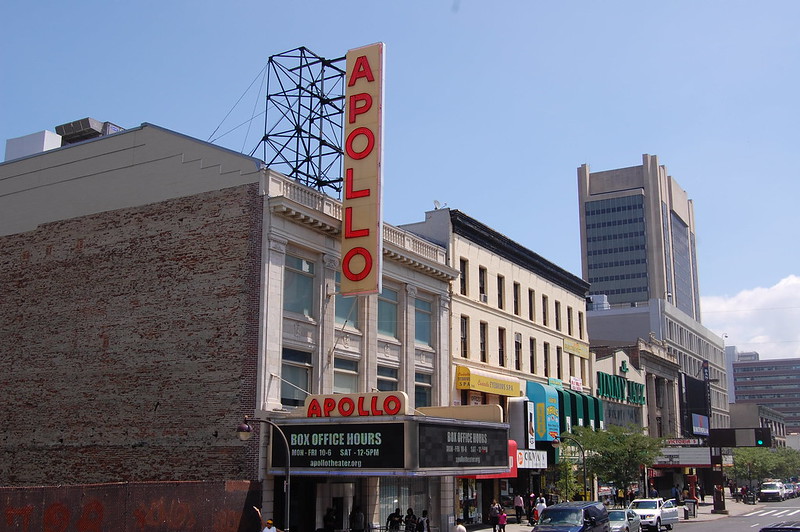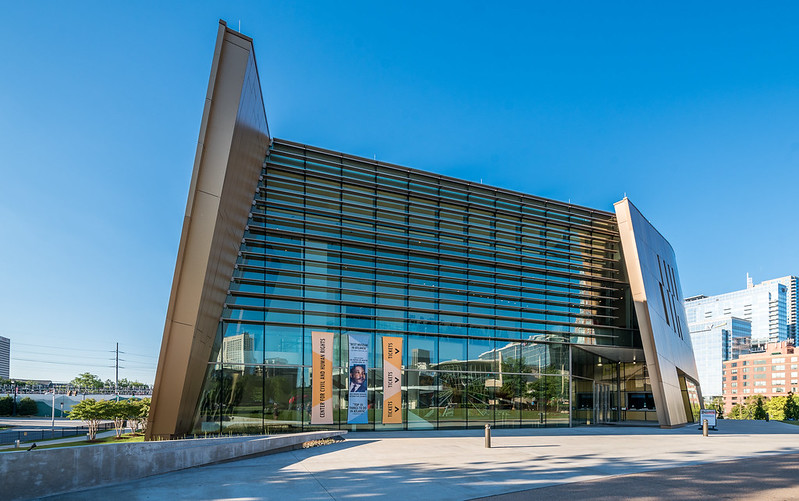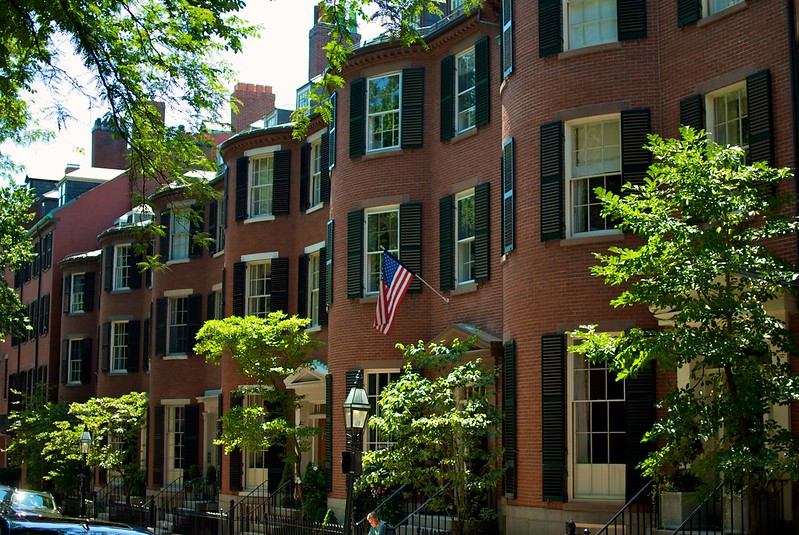Learning about, understanding, and experiencing U.S. history is crucial for students as they seek to find their place in their local and global communities. An often-overlooked part of our country’s history is the full influence, impact, and contributions of Black Americans, in addition to the hardships and sacrifices they’ve faced. It’s imperative to learn from our history and make a better future for all people. At EF Explore America, we seek to help teachers bring U.S. history to life for their students and, in turn, to help students see the positive impact they can have on the future.
Read on to discover four American places and sites to learn about Black history. (Then start planning a future tour with EF Explore America to help your students see these places in person.)

Martin Luther King, Jr. Memorial in Washington, D.C.
Image by Paulo O/ via Flickr
Washington, D.C.
Because of its rich history, Washington, D.C. is a great place to learn about Black history. At the Martin Luther King, Jr. Memorial, the civil rights leader is immortalized in a 30-foot granite statue. The design was inspired by King’s words, “out of the mountain of despair, a stone of hope,” a line from his “I Have a Dream” speech, which was given at the Lincoln Memorial. Not only can visitors see this statue, they can also read King’s words from various speeches and writings along the walls that encircle the statue.
Another popular site in Washington, D.C. is the National Museum of African American History and Culture. As the world’s largest museum for African American history and culture, the museum hosts many compelling exhibits and artifacts from Muhammed Ali’s boxing gloves to a segregated railroad car to Black Panther flyers and pamphlets.
Not far from the National Mall, you can find Black Lives Matter Plaza. The two-block stretch of streets is emblazoned with the words “Black Lives Matter” as a direct response to the George Floyd protests.

Apollo Theater in Harlem
Image by Erik Drost/ via Flickr
Harlem, New York
Harlem was and still is one of the epicenters of Black art and culture. One of the most historic cultural landmarks in Harlem is the Apollo Theater. Built in the early 20th century, the Apollo Theater originally opened as a whites-only venue but fell into disrepair within a few decades. It reopened in 1934 and quickly became a focal point for Black musicians. It’s also credited with helping to launch the careers of many iconic performers including Billie Holiday, Ella Fitzgerald, and Stevie Wonder.
Just down the street from the Apollo Theater is the Studio Museum in Harlem. The museum showcases work from Black artists including Jacob Lawrence, Elizabeth Catlett, and James Van Der Zee (just to name a few).
If you travel a few miles north into Upper Manhattan, you’ll find yourself on Sugar Hill, a hidden gem of a neighborhood where Black leaders, activists, and artists lived. Some famous residents of Sugar Hill were W.E.B Du Bois, Thurgood Marshall, and Duke Ellington.

National Center for Civil and Human Rights
Image by Maciek Lulko/ via Flickr
Atlanta, Georgia
Many of Atlanta’s most prominent sites commemorate the social movement for racial equality. It’s the birthplace of Martin Luther King, Jr., and you can find his childhood home in Atlanta as well as Ebenezer Baptist Church, the church where King was a pastor for nearly a decade.
Down the street from Ebenezer Baptist Church is the APEX Museum, Atlanta’s first Black history museum. The APEX Museum presents history from a Black perspective and offers several exhibits including Black women in STEM. Another museum to visit is the National Center for Civil and Human Rights, a museum where you not only learn about Black history in the United States but also where you can learn about civil rights worldwide.

Black Heritage Trail in Boston
Edgar/ via Flickr
Boston, Massachusetts
In Boston, you’ll find the Black Heritage Trail, a nearly two-mile stretch of streets on Beacon Hill. You’ll find Black-owned businesses and churches dating back to the 19th century as well as stations on the Underground Railroad, including the John Coburn House.
Along the Black Heritage Trail, you can also find the African Meeting House. Built in 1806, the African Meeting House was the first Black Baptist church in the northern United States. The African Meeting House was not only used as a place of congregation for the Black community in Boston, but it also served as a place for abolitionists to lecture and teach (one of those abolitionists being Frederick Douglass). It is also known for being the recruitment post for the 54th Volunteer Regiment, the first Black infantry to fight for the Union during the Civil War.
You can visit these historic sites and more with EF Explore America. Browse our Cultural Perspectives tours or any of our other educational tours.
Related articles
